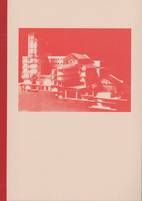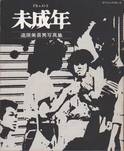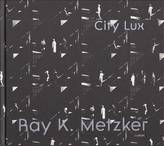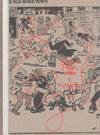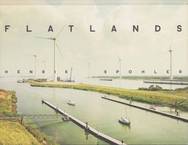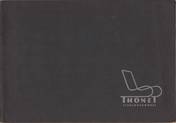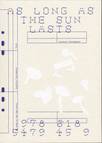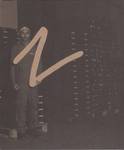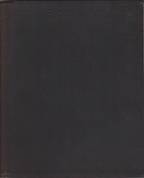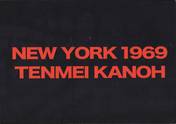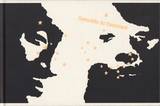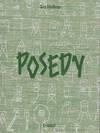Robert Clayton - Estate, Stay Free Publishing, 2015, London
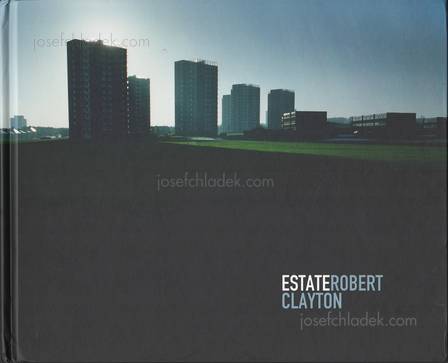
Robert Clayton - Estate (Front)

Robert Clayton - Estate (Spine)
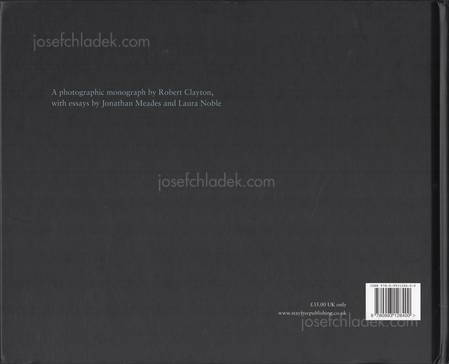
Robert Clayton - Estate (Back)
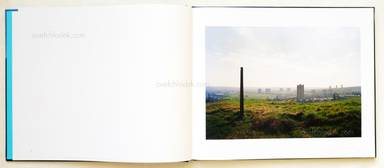
Sample page 1 for book " Robert Clayton – Estate", josefchladek.com

Sample page 2 for book " Robert Clayton – Estate", josefchladek.com
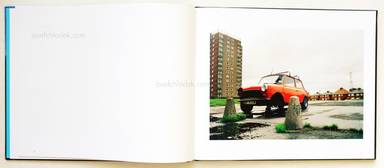
Sample page 3 for book " Robert Clayton – Estate", josefchladek.com

Sample page 4 for book " Robert Clayton – Estate", josefchladek.com
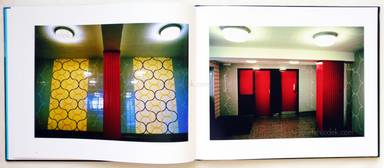
Sample page 5 for book " Robert Clayton – Estate", josefchladek.com

Sample page 6 for book " Robert Clayton – Estate", josefchladek.com

Sample page 7 for book " Robert Clayton – Estate", josefchladek.com
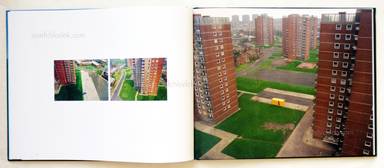
Sample page 8 for book " Robert Clayton – Estate", josefchladek.com

Sample page 9 for book " Robert Clayton – Estate", josefchladek.com
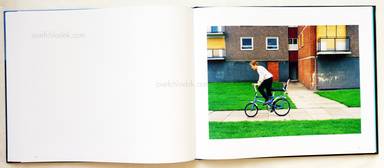
Sample page 10 for book " Robert Clayton – Estate", josefchladek.com
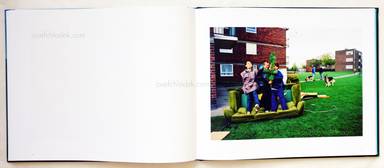
Sample page 11 for book " Robert Clayton – Estate", josefchladek.com
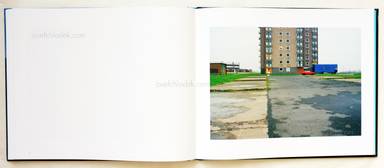
Sample page 12 for book " Robert Clayton – Estate", josefchladek.com
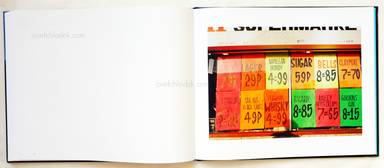
Sample page 13 for book " Robert Clayton – Estate", josefchladek.com

Sample page 14 for book " Robert Clayton – Estate", josefchladek.com

Sample page 15 for book " Robert Clayton – Estate", josefchladek.com

Sample page 16 for book " Robert Clayton – Estate", josefchladek.com
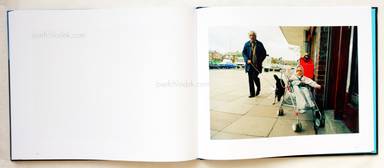
Sample page 17 for book " Robert Clayton – Estate", josefchladek.com

Sample page 18 for book " Robert Clayton – Estate", josefchladek.com
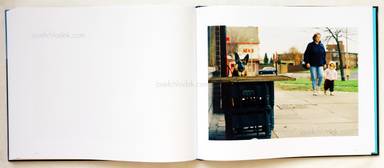
Sample page 19 for book " Robert Clayton – Estate", josefchladek.com
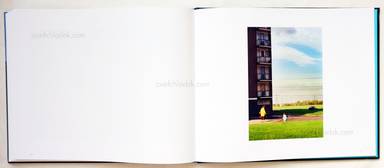
Sample page 20 for book " Robert Clayton – Estate", josefchladek.com
Other books tagged UK (see all)



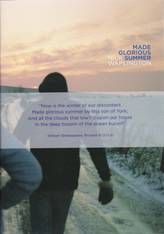



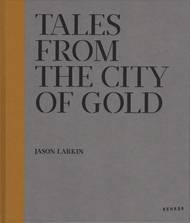

Other books tagged Public Housing (see all)









Books to shop at anzenbergergallery-bookshop.com
Hardcover, printrun 750 copies, text by Jonathan Meades and Laura Noble, signed.
Order at Stay Free Publishing.
"The photos themselves are so beautifully framed and composed, creating a rather epic feel to these everyday moments. Anyone with an interest in postwar British social history, modernist architecture or street photography would really enjoy this book." - John Grindrod, author 'Concreteopia'
"The strength of his vision and his work's usefulness (and poignancy) are founded in its balance. What is special is Clayton's humane rendering of it as a time capsule that emphasised ordinariness. This was how it was for millions of people in the early 90s." - Johnathan Meades, film maker & writer.
Taken on a housing estate in the West Midlands, typical in architectural style of many built in Britain during the 1960′s, Robert Clayton’s Lion Farm Estate series reflects a watershed in post war Britain, portraying the move from consensus to post modernity. The estate has not stood the test of time: in 1992 it had a few remaining tenants and had been progressively run down awaiting demolition.
His primary aim was to convey to an audience the visual experience of what it might be like to live on such an estate. Clayton was concerned with producing an accurate documentation of the conditions and environment in which people lived.
Despite the disadvantages in living standards that the residents of the estate endured, it was common for certain ‘categories’ of people to be grouped together. Many of the residents of Lion Farm Estate were relatively marginalised in 1990′s Britain – many of them unemployed, often with families to support. There were many young single parent families, and also many pensioners relying on the state pension only. To compound this, active social engineering took place on the estate with all those in employment being moved into specific blocks (to be saved), whilst the unemployed were allocated to other less well maintained blocks, primed for demolition.
Over two decades later, Clayton’s insightful and evocative images still resound with contemporary issues surrounding social housing, environmental concerns and disenfranchisement of the lower classes.
Order at Stay Free Publishing.
Pages: 128
Place: London
Year: 2015
Publisher: Stay Free Publishing
Size: 30 x 25 cm (approx.)

